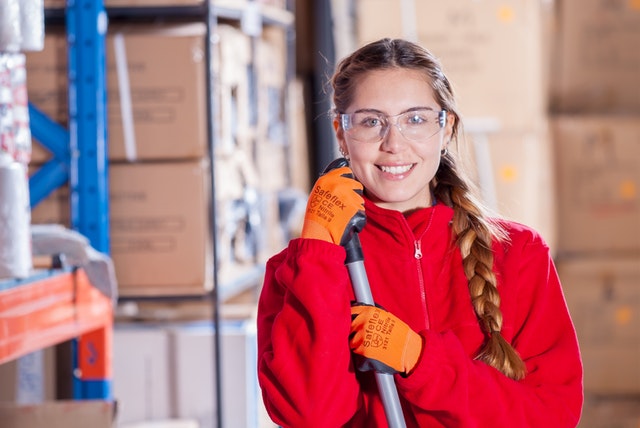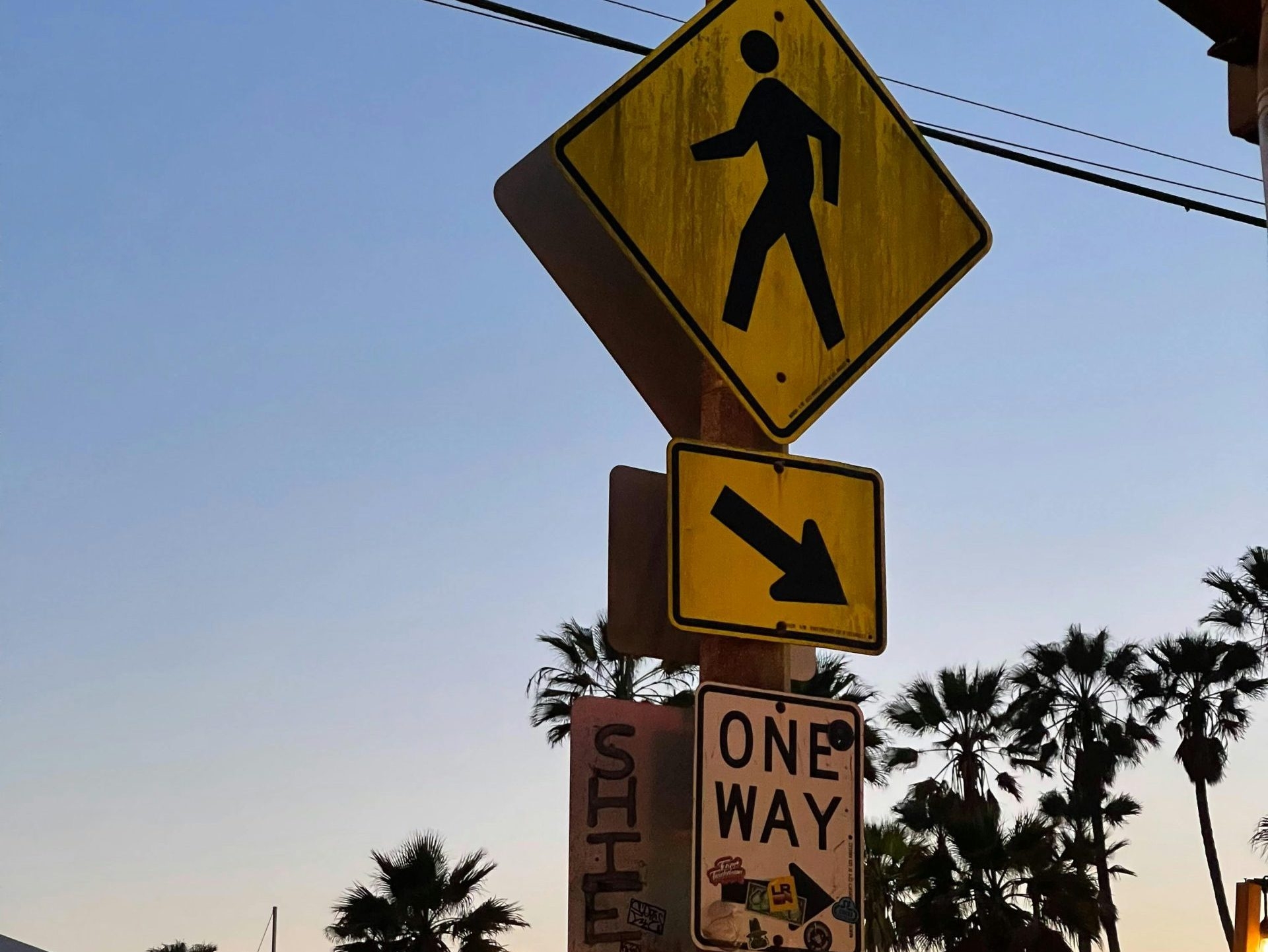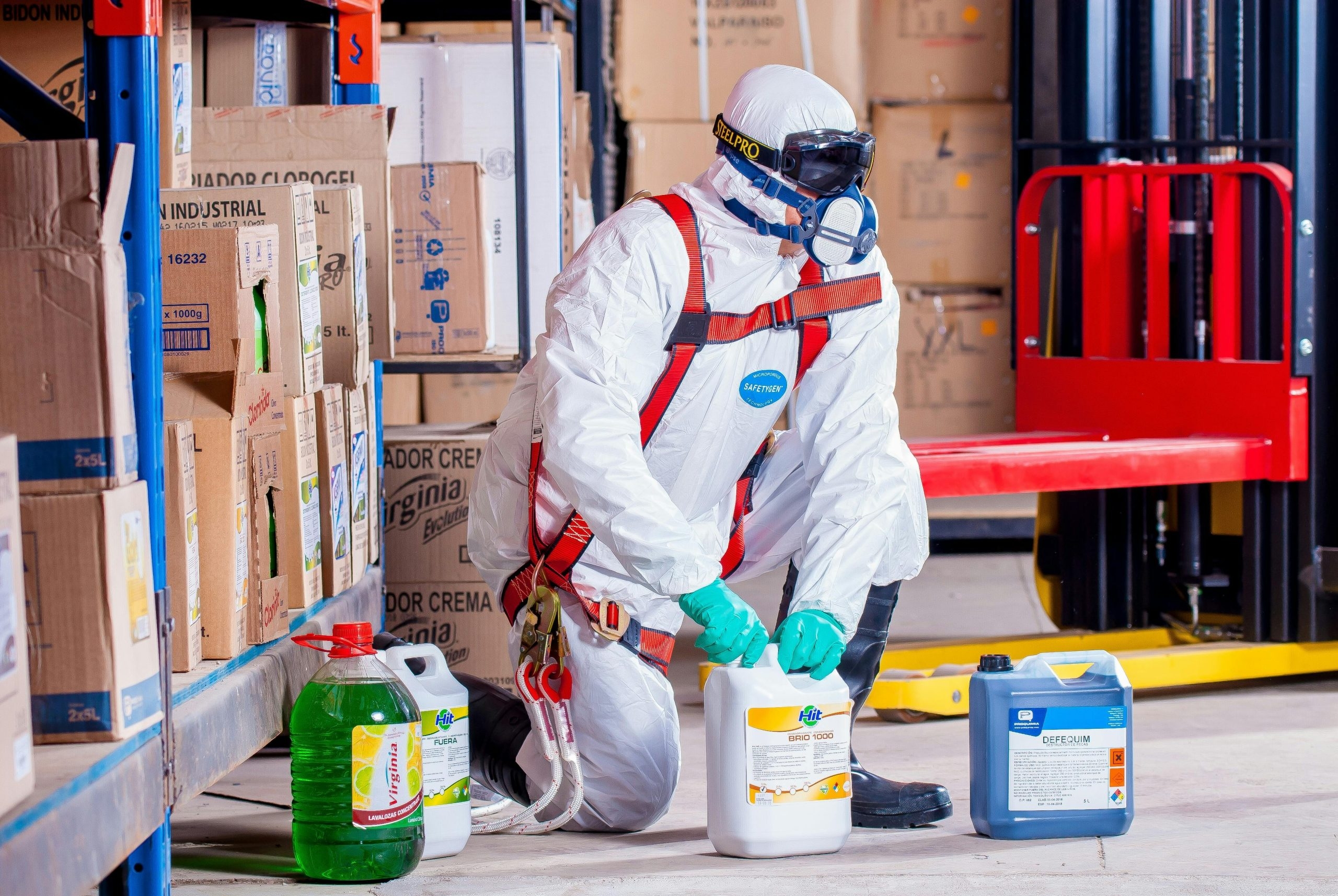
The aim of this article is to provide guidance on the employment of young people in the workplace and what the requirements are for employing young people. This article is also beneficial to employers who offer opportunities/roles for work experience.
To start with, we will discuss the definitions of a child and of a young person. The HSE define a young person as someone who is under 18 years of age and a child as someone who has not reached the official minimum school leaving age (16 years). Overall, a child is defined as anyone under the age of 18 years and will still have legal protection as any other child even if they have reached the age of 16 years.
Who can we employ & are there any age restrictions?
The simple answer is yes, by law, no-one under the age of 13 can work unless the children are involved in a paid performance in the following areas:
- Television
- Theatre
- Modelling
If children are required to work in the above areas, the event organiser must obtain from their local authority a child performance licence. If the work does not fall into the above areas, the child can work part-time from the age of 13 years and within the rules on child employment, particularly the times and hours that they can and cannot work. Where children are allowed to work, it is important to check if you require an employment permit where your business is based and to check with your local authority to establish what type of work the child is permitted to do. There are some workplaces that children under the minimum school leaving age are prohibited to work unless they are on work experience and some of these include: factories, construction sites etc. and if they are on work experience then the work must be properly assessed and suitable control measures implemented.
In addition, no-one under the age of 13 years is permitted to drive or ride on the following as per the Prevention of Accidents to Children in Agriculture Regulations 1998:
- A tractor
- Self-propelled agricultural machine
- Trailer
- Machine or agricultural implement mounted in whole or in part on or towed or propelled by a tractor or other vehicle
- Machine or agricultural implement drawn by an animal
However, if you carry children or adults on trailers for example for farm visits, then the trailer must be in good condition with all safety devices working, ensure that seating is provided and secured, that the trailer has fitted guard rails around the edge to prevent falling from the trailer and that children riding in the trailer are supervised by a responsible adult and finally that the trailer can be safely accessed and egressed without the risk of harm occurring.
Young People in the Workplace
When the child is old enough to leave school, 16 years of age, then they can work up to a maximum of 40 hours a week. For some individuals, when they leave school, they may start an apprenticeship and this apprenticeship may be in environments where there is high risk machinery present for example, woodworking machinery. A young person 16 years of age and older is permitted to only work on high-risk machinery, where it is necessary for their training, the work is properly supervised by a competent person and the likelihood of harm occurring is reduced to as far as is reasonably practicable, and a risk assessment has been carried out with them.
On the other hand, no young person should be employed for work which:
- Is beyond their physical or mental capacity
- Involves harmful exposure to substances which are toxic, cancer causing, harmful to an unborn child, or has effects that can be passed on genetically
- Involves harmful exposure to radiation
- Involves the risk of accidents which they are unlikely to recognise or avoid because of their insufficient attention to safety, lack of experience or training
- Poses a risk to health from extreme cold or heat, noise, or vibration
The above factors will be identified as part of the risk assessment process and the necessary controls implemented to manage and help mitigate against the likelihood of harm occurring.
Under no circumstances can anyone below the minimum school leaving age be allowed to carry out work that involves these risks, whether they are in employment or under training such as work experience.
There are some jobs where an under 18-year-old is prohibited to carry out a task and these include:
- Driving or attending any vehicle for the carriage of explosives. Also, they cannot be responsible for the security of the explosives or enter the vehicle unless under supervision.
- Operating power presses unless they have the necessary maturity and competence and have completed adequate training. They may need supervision even after training is completed.
- Operating a lift truck on docks premises. They should not be allowed to use them on other premises unless they have the necessary maturity, competence and training. Children under the minimum school leaving age should never operate lift trucks.
Aside from age restrictions, there are also time restrictions and further information about young people in the workplace can be found on the UK Government website.
Do we need to carry out a seperate risk assessment for a young person?
The simple answer is not necessarily as there is no specific requirement to carry out a sperate risk assessment when employing a young person in the workplace , however, the law does require you to identify the hazards and identify who is at risk which should include young workers then, you can assess the risks and control the risks in order to minimise the likelihood of harm occurring. The reason for this is young people may have a lack of maturity, lack of risk awareness, lack of training and experience that may put them at an increased risk of an accident occurring and therefore the risk assessment will need to focus on the additional risks that they will be exposed to which include:
- Layout of the workplace and the particular site where they will work
- Nature of any physical, biological and chemical agents they will be exposed to, for how long and to what extent
- Types of work equipment that they will be using
- Need to assess and provide health and safety training
- Inexperience, lack of awareness of risks and immaturity of young persons
- Organisation of processes and activities. Safe procedures must be explained in an understandable manner
As mentioned above, you are not specifically required to have a separate risk assessment on each young person and that you can just have one general risk assessment for all people to help minimise having to repeat the process every time you employ a young person. However, this risk assessment must be kept under review to ensure the contents within is kept current.
Young People in the Workplace & the Hazards
For some young people, the workplace may be a new environment to them, and they may not be aware of the obvious risks, so it is important to ensure that they are fully aware of the hazards and risks associated with their work and working environment. As part of the risk assessment process, you can carry out an individual risk assessment on the young person and at Wirehouse we have readily available on our ‘Guardian’ portal a Young Person’s Risk Assessment Checklist that you can complete with the young person.
Prior to allowing a child to work, a person below the minimum school leaving age, then you must tell the parent(s)/guardian(s) of that individual if there are any significant workplace risks and this can be done in any format, even a simple chat with them will suffice, you just need to ensure that the information has been communicated and preferably recorded.
Upon the commencement of employment, training is essential as for most young persons this will be their first job. It is important to ensure that the training delivered has been understood. As part of their training, they should be instructed on the hazards in the workplace and the risk control measures in place to help reduce the likelihood of harm occurring to as far as is reasonably practicable. The training should cover an introduction to health and safety which includes first aid, fire and evacuation procedures.
As it is most likely to be their first job, the level of supervision and monitoring will be more significant compared to adults. As part of the supervision and monitoring process you can assess whether the training has been effective and how well they follow instructions.
You may find you have some individuals that attend your workplace for work experience which lasts a short duration, two weeks for example, even though the duration is short they will still be regarded as your employees in terms of health and safety. Therefore, the same measures will apply to them as they would do if they were a direct employee such as:
- Risk assessments
- Training and supervision
- First aid measures and emergency procedures
- Health and Safety Policy
- Insurance
To conclude, employer’s have a legal responsibility to ensure that young persons are not going to be exposed to risks when at work. Get in touch with our Health and Safety team for specific advice and guidance related to this young people in the workplace.






